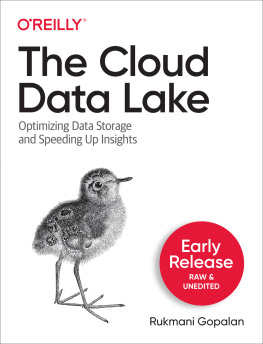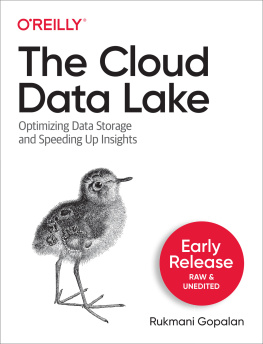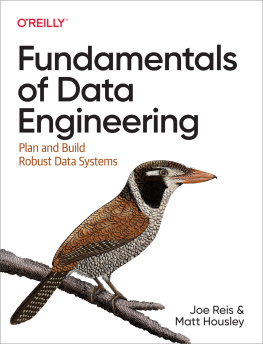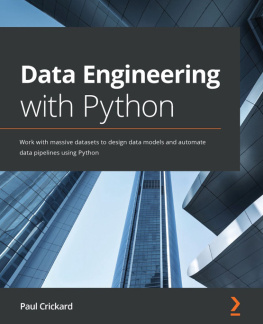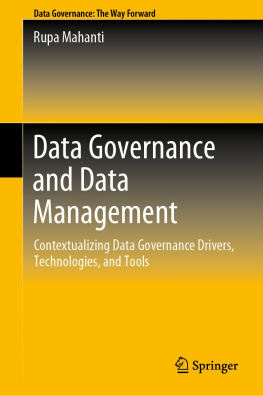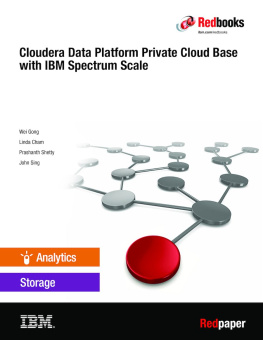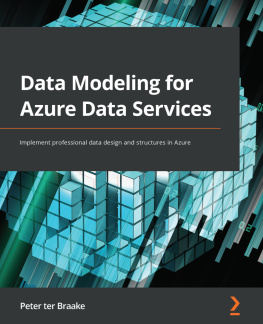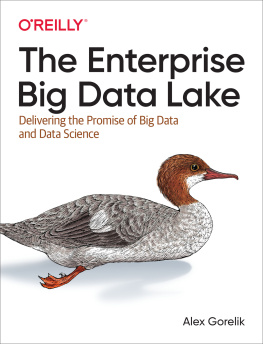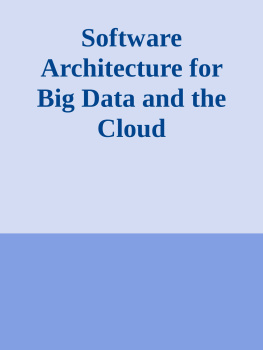Rukmani Gopalan - The Cloud Data Lake: A Guide to Building Robust Cloud Data Architecture. Early Release
Here you can read online Rukmani Gopalan - The Cloud Data Lake: A Guide to Building Robust Cloud Data Architecture. Early Release full text of the book (entire story) in english for free. Download pdf and epub, get meaning, cover and reviews about this ebook. year: 2023, publisher: OReilly Media, genre: Business. Description of the work, (preface) as well as reviews are available. Best literature library LitArk.com created for fans of good reading and offers a wide selection of genres:
Romance novel
Science fiction
Adventure
Detective
Science
History
Home and family
Prose
Art
Politics
Computer
Non-fiction
Religion
Business
Children
Humor
Choose a favorite category and find really read worthwhile books. Enjoy immersion in the world of imagination, feel the emotions of the characters or learn something new for yourself, make an fascinating discovery.
- Book:The Cloud Data Lake: A Guide to Building Robust Cloud Data Architecture. Early Release
- Author:
- Publisher:OReilly Media
- Genre:
- Year:2023
- Rating:4 / 5
- Favourites:Add to favourites
- Your mark:
The Cloud Data Lake: A Guide to Building Robust Cloud Data Architecture. Early Release: summary, description and annotation
We offer to read an annotation, description, summary or preface (depends on what the author of the book "The Cloud Data Lake: A Guide to Building Robust Cloud Data Architecture. Early Release" wrote himself). If you haven't found the necessary information about the book — write in the comments, we will try to find it.
More organizations than ever understand the importance of data lake architectures for deriving value from their data. Building a robust, scalable, and performant data lake remains a complex proposition, however, with a buffet of tools and options that need to work together to provide a seamless end-to-end pipeline from data to insights.
This book provides a concise yet comprehensive overview on the setup, management, and governance of a cloud data lake. Author Rukmani Gopalan, product management leader at Microsoft, guides data architects and engineers through the major aspects of working with a cloud data lake, from design considerations and best practices to data format optimizations, performance optimization, cost management, and governance.
- Learn the benefits of a cloud-based big data strategy for your organization
- Get guidance and best practices for designing performant and scalable data lakes
- Examine architecture and design choices, and data governance principles and strategies
- Build a data strategy that scales as your organizational and business needs increase
- Implement a scalable data lake in the cloud
- Use cloud-based advanced analytics to gain more value from your data
Rukmani Gopalan: author's other books
Who wrote The Cloud Data Lake: A Guide to Building Robust Cloud Data Architecture. Early Release? Find out the surname, the name of the author of the book and a list of all author's works by series.

